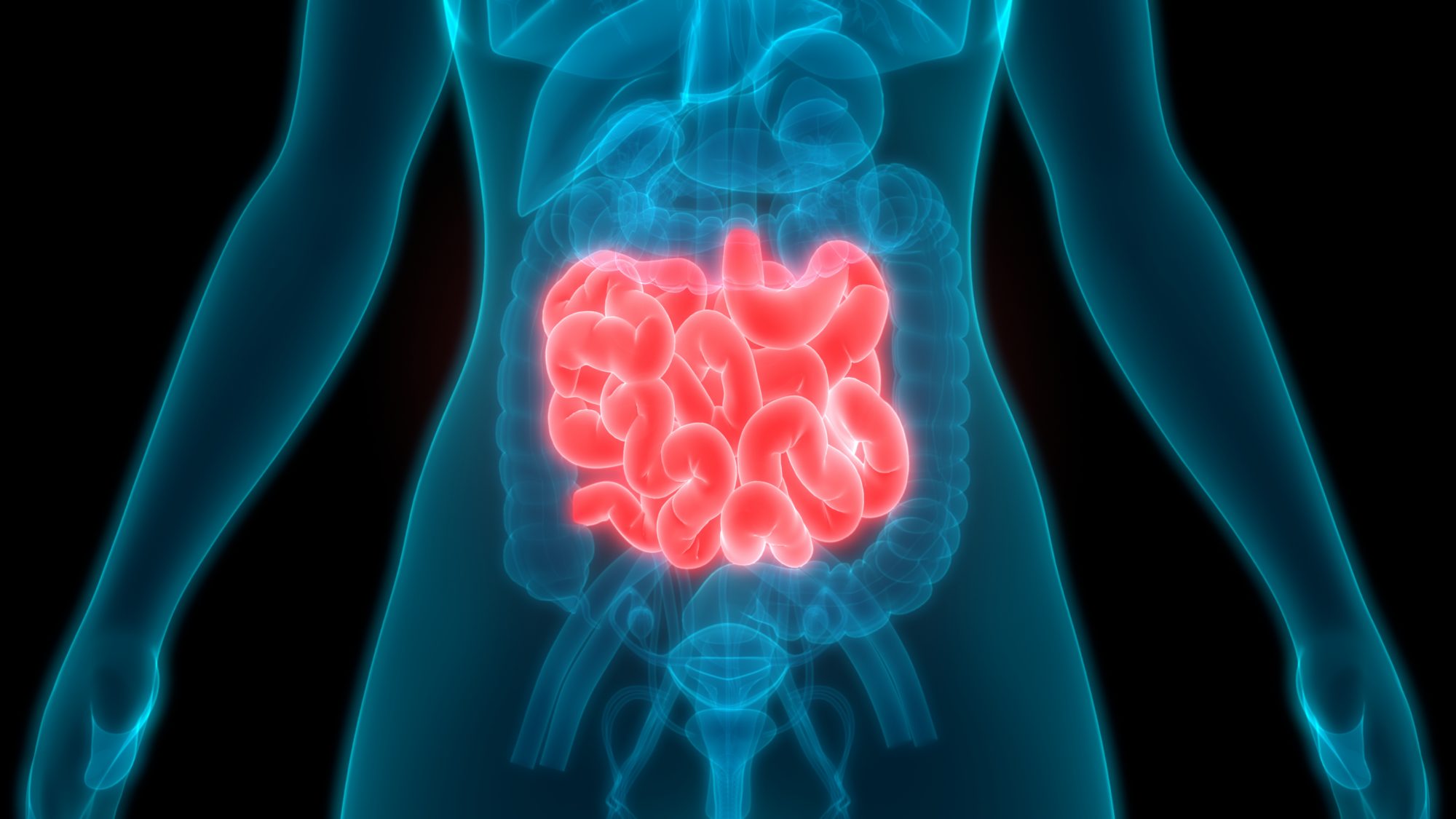Research identifies significant variations in the gut anatomy of humans, which has major implications for understanding how the digestive system affects human health
Research from North Carolina State University finds that gut anatomy varies between healthy individuals in quite profound and significant ways.
The research is vital in further understanding the role that the digestive tract’s anatomy can play in affecting human health. It will also provide scientists with a greater insight into potential medical diagnoses and the microbial ecosystem of the gut.
Gut anatomy explained
“The gastrointestinal tract is made up of a series of hollow organs joined together in a long tube with many folds from the mouth to the anus. The hollow organs that make up the gastrointestinal tract include the mouth, oesophagus, stomach, small intestine, cecum, colon (large intestine), rectum and anal canal.”
The study of gut anatomy has largely been ignored in recent years
Amanda Hale, co-first author of the study and a Ph.D. candidate at North Carolina State University, explains: “There was research more than a century ago that found variability in the relative lengths of human intestines, but this area has largely been ignored since then.”
“When we began exploring this issue, we were astonished at the extent of the variability we found.”
“If you’re talking to four different people, odds are good that all of them have different guts, in terms of the relative sizes of the organs that make up that system,” says Erin McKenney, corresponding author of the study and an assistant professor of applied ecology at NC State.
“For example, the cecum is an organ that’s found at the nexus of the large and small intestine. One person may have a cecum that is only a few centimeters long, while another may have a cecum the size of a coin purse. And we found similar variability for many digestive organs.”

Women have longer small intestines than men
It may come as a surprise, but researchers also discovered that women generally have longer small intestines than men.
They found this out by measuring the digestive organs of 45 people who donated their remains to the Anatomical Gifts Program at the Duke University School of Medicine.
“Because having a longer small intestine helps you extract nutrients from your diet, this finding supports the canalization hypothesis, which posits that women are better able to survive during periods of stress,” says Hale.
“Given that there is more variation in human gut anatomy than we thought, this could inform our understanding of what is driving a range of health-related issues and how we treat them,” says McKenney. “Basically, now that we know this variability exists, it raises a number of research questions that need to be explored.”
Why teaching anatomical variation to medical students is so important
This research has highlighted something quite unexpected: the variability in human anatomy, but what it has also brought to attention is the significance of teaching anatomical variation to medical students.
‘It underscores just how little we know about our own bodies’
“It’s particularly important in medical training, because if students are only learning about a ‘normal’ or ‘average’ anatomy, that means they are not going to be familiar with the scope of human variation,” adds Roxanne Larsen, co-author of the paper and an associate professor of veterinary and biomedical sciences at the University of Minnesota.
“It’s increasingly clear that the medical field is moving toward individualized medicine to improve patient outcomes and overall health and well-being. Garnering experience in understanding anatomical variation can play a critical role in helping future doctors understand the importance of individualized medicine.”
“We’re excited about this discovery and future directions for the work,” McKenney concludes. “It underscores just how little we know about our own bodies.”











